Russia 552,299 (2010) Estonia 193 (2011) | Ukraine 4,712 (2001) | |
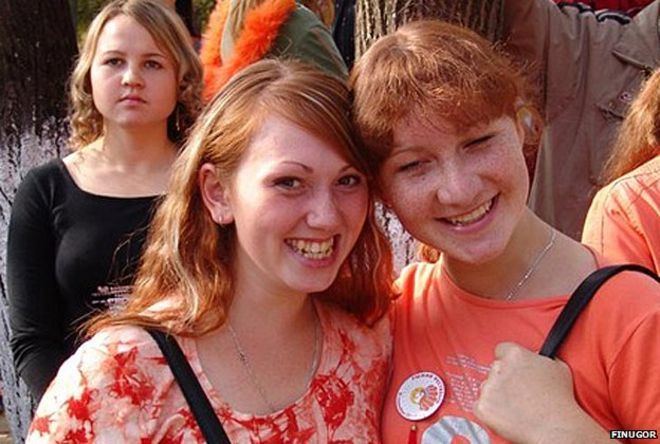 | ||
Similar Hamnigan, Kabardians, Ket people Latvia 179 - 197 (2023) Languages Udmurt, Russian Religion Russian Orthodoxy (Majority), Udmurt Vos, Protestantism, Pentecostalism, Islam (Minority) Related ethnic groups | ||
The Udmurts are a people who speak the Udmurt language. In the course of history, Russian-speakers have referred to them as Chud Otyatskaya (чудь отяцкая), Otyaks, Wotyaks or Votyaks (the most-known name). Tatar-speakers call the Udmurts Ar.
Contents
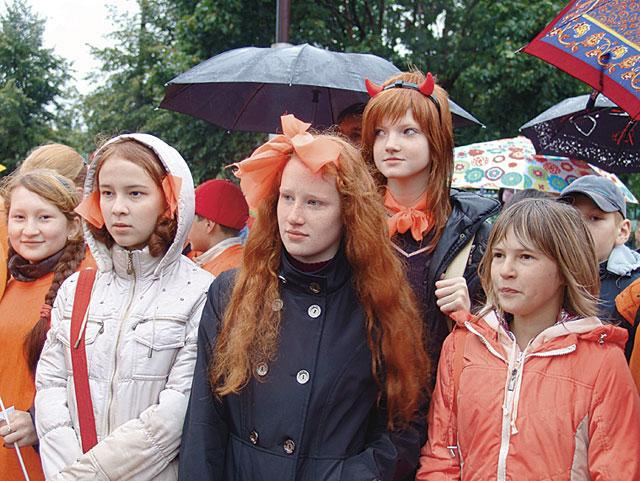
There have been claims that they are the "most red-headed" people in the world. The ancient Greek historian Herodotus described the long-extinct Budini tribesmen, possible relatives of the modern Udmurts, as predominantly red-headed.
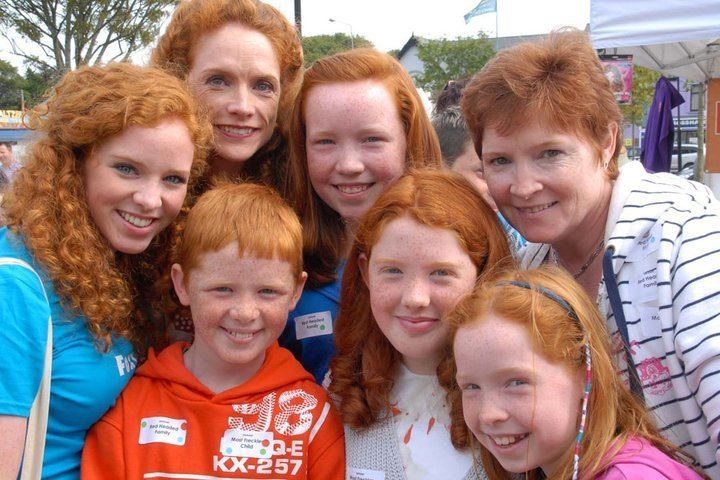
Udmurt state folk theatre aikai udmurtia
Etymology

The name Udmurt probably comes from *odo-mort 'meadow people,' where the first part represents the Permic root *od(o) 'meadow, glade, turf, greenery', and the second part murt means 'person' (cf. Komi mort, Mari mari), an early borrowing from an Iranian language (such as Scythian): *mertä or *martiya 'person, man' (cf. Urdu/Persian mard). This is supported by a document dated 1557, in which the Udmurts are referred to as lugovye lyudi 'meadow people', alongside the traditional Russian name otyaki .
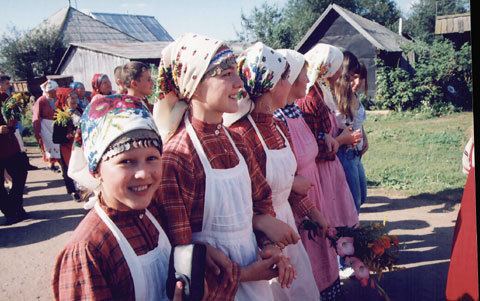
On the other hand, in the Russian tradition, the name 'meadow people' refers to the inhabitants of the left bank of river in general. Recently, the most relevant is the version of V. V. Napolskikh and S. K. Belykh. They suppose that ethnonym was borrowed from the Iranian entirely: *anta-marta 'resident of outskirts, border zone' (cf. Antes) → Proto-Permic *odə-mort → Udmurt udmurt.
Distribution
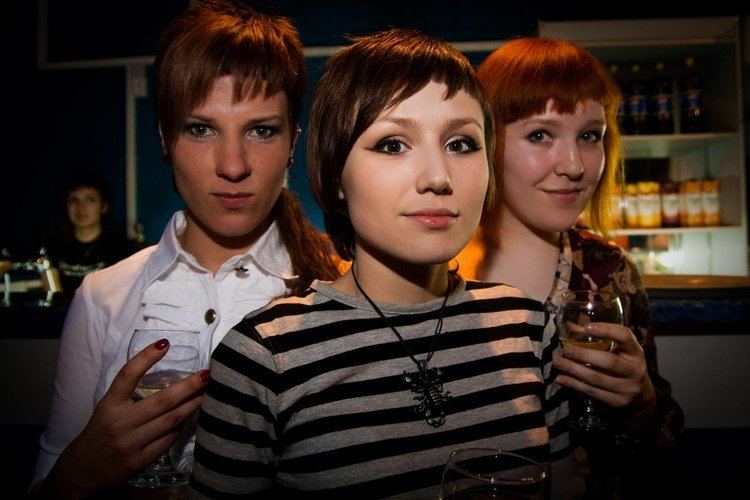
The majority of Udmurt individuals reside in Udmurtia, with smaller communities located in the adjacent regions of Kirov Oblast and Perm Krai in Russia, as well as in Bashkortostan, Tatarstan, and Mari El.
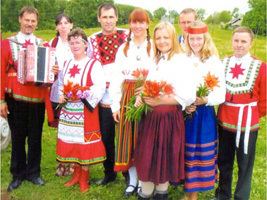
The Udmurt population is shrinking; the Russian census reported 637,000 of them in 2002, compared to 746,562 in 1989.
Culture
The Udmurt language belongs to the Uralic family; the Udmurts are therefore considered to be a branch of the Finno-Ugric peoples.
The Udmurts have a national epic called Dorvyzhy. Their national musical instruments include the krez zither (similar to the Russian gusli) and a pipe-like wind instrument called the chipchirghan.
A chapter in the French Description de toutes les nations de l'empire de Russie from 1776 is devoted to the description of the Wotyak people. James George Frazer also mentions a rite performed by the people in his book The Golden Bough.
